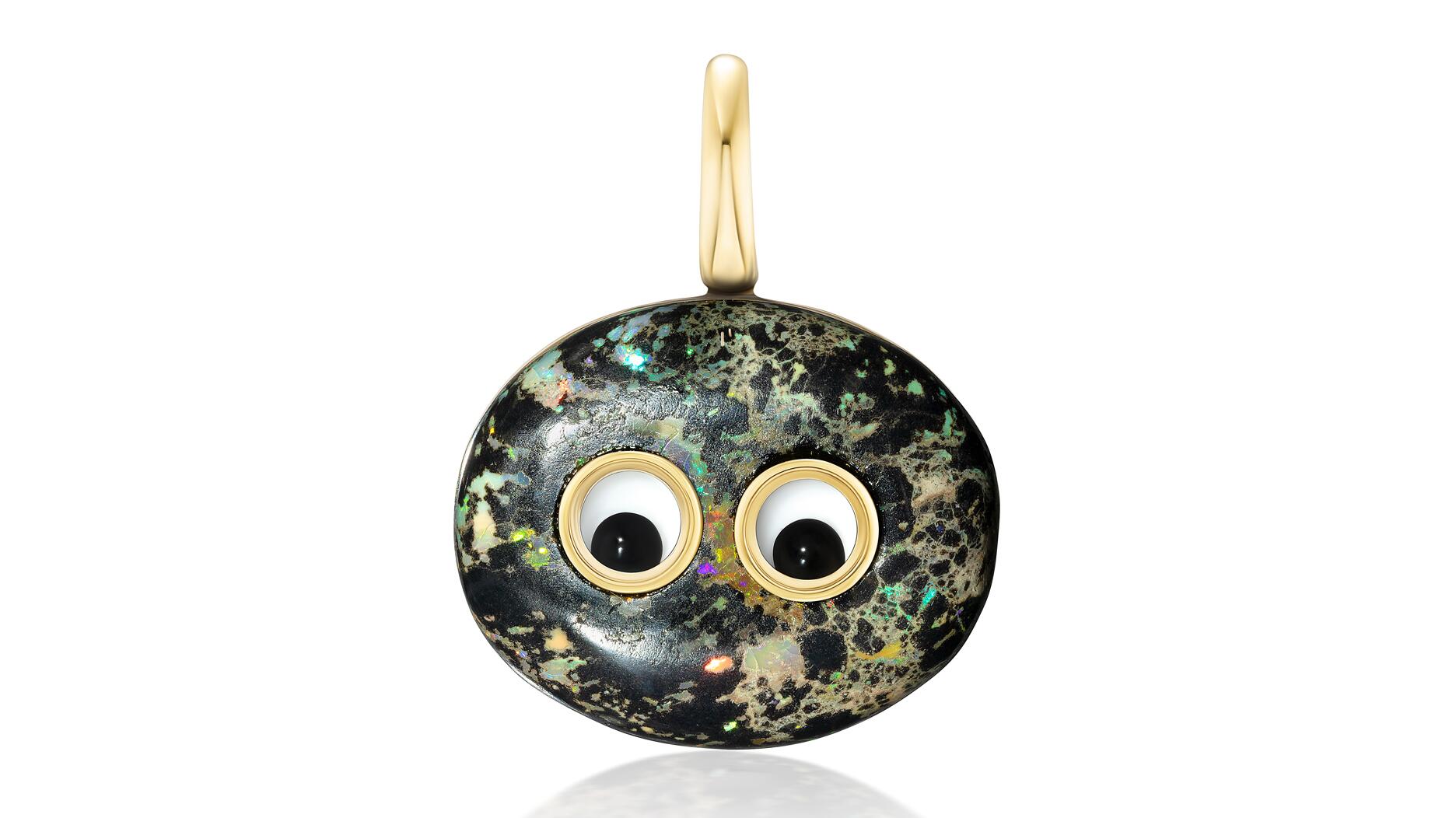The luxury goods company said founder Ippolita Rostagno will remain at the brand’s helm.
What the Tiffany ruling means for the industry
In a week of big stories, the outcome of Tiffany v. Costco was certainly the biggest.
Tiffany & Co. first filed suit against Costco Wholesale Corp. on Valentine’s Day 2013, accusing the membership-only warehouse club of selling rings with signs designating them as “Tiffany” when they were not, in fact, rings made by Tiffany & Co.
According to Tiffany, Costco even went so far as remove the Tiffany descriptor when it advertised these same rings online so as to avoid detection.
Shortly thereafter, Costco fired back with a counterclaim insisting that the term “Tiffany” had become genericized and that the phrase “Tiffany setting” could be used to describe any engagement ring of a certain style.
Now, when most people think of generic, what comes to mind is non-brand-name products, like those black-and-white bags of potato chips my mom used to buy in Foodland because they were cheaper than Ruffles. I always wanted to experience the thrill of eating those ridged potato chips in my own home but, alas, it was not meant to be.
As it relates to trademarks, however, what generic means more specifically is a trademark or brand name that has become synonymous with a more general class of product or service.
This can happen organically—laundromat was once a trademarked term but its trademark expired—or against the wishes of the company or brand.
Aspirin, for example, actually was trademarked by Bayer but deemed in court many years ago to have become genericized in the United States. The same is true for Murphy bed, the name for a type of bed that folds up into the wall in order to save space, and originally was the concept of William Lawrence Murphy.
In filing its lawsuit, Costco asserted that the Tiffany name had gone the way of aspirin or the Murphy bed and therefore all retailers could use the term “Tiffany setting” to describe any ring with multiple slender prongs extending upward from a base to hold a single gemstone. (The actual Tiffany Setting, which was created by Charles Lewis Tiffany in 1868, has six prongs.)
The judge disagreed, ruling that the term Tiffany has not become generic and, thereby, is still protected by trademark.
The JVC’s Cecilia Gardner, who actually was deposed in this case because of her knowledge of both the law and the jewelry industry, says what this means for the jewelry industry is simple. Retailers, manufacturers, etc. should not use the term “Tiffany setting” unless they are selling a ring manufactured by Tiffany & Co.
“This decision is authoritative that that phrase is an infringement on Tiffany’s intellectual property and cannot be used without real risk,” she said. “Everybody is exposed to liability if they use that term to connote something else other than a ring manufactured by Tiffany.”
No, certainly not; but there is, as Gardner put it, “real risk” and Tiffany definitely is a company that takes protecting its 178-year-old name very seriously.
In her decision in Tiffany v. Costco, Judge Laura Taylor Swain noted that Tiffany “expended considerable time and resources marshaling testimony and analysis purporting to demonstrate … the unquestionable strength of the Tiffany mark.”
It’s what companies have to do in order to prevent their brand or brands from becoming genericized.
Gardner told me that Xerox prominently and regularly publishes notices pointing out that Xerox is the name of a company, not the name for any photocopied pieces of paper or the action of copying them. Kimberly-Clark does the same thing in order to remind people that Kleenex is a trademarked brand, not a generic term for facial tissue.
“Tiffany (in this case) needed to do the same to protect its intellectual property and to prevent the term (Tiffany from) gathering or acquiring a secondary meaning,” she says.
Gardner also cautions against using a softened version of the term, i.e. Tiffany-style setting, which the retailer could still take issue with, depending on how aggressively it wants to defend its intellectual property.
“That’s not going to protect you necessarily,” she says. “If you say ‘Tiffany,’ you might hear from Tiffany.”
The Latest

Laura Burdese, who joined the Italian luxury brand in 2022, will take on the role in July.

Need a gift for the cat lover who has everything? Look no further than our latest Piece of the Week.

How Jewelers of America’s 20 Under 40 are leading to ensure a brighter future for the jewelry industry.

It purchased the “Grosse Pièce,” an ultra-complicated Audemars Piguet pocket watch from the ‘20s, for a record-breaking price at Sotheby’s.


The lab-grown diamond grower now offers custom engagement and fashion jewelry through its Kira Custom Lab Jewelry service.

The boutique is slated to open this week inside Terminal 8, offering pre-owned Rolex watches and more to international travelers.

Roseco’s 704-page catalog showcases new lab-grown diamonds, findings, tools & more—available in print or interactive digital editions.

Sponsored by Digital Monitoring Products

The special-edition egg pendant ingested in a New Zealand jewelry store was recovered after a six-day wait.

Associate Editor Natalie Francisco plays favorites with Piece of the Week, selecting a standout piece of jewelry from each month of 2025.

The “Love and Desire” campaign is inspired by the magic that follows when one’s heart leads the way, said the brand.

Two awardees will receive free tuition for an educational course at the Swiss lab, with flights and lodging included.

Berta de Pablos-Barbier will replace Alexander Lacik at the start of January, two months earlier than expected.

Sotheby’s held its first two jewelry sales at the Breuer building last week, and they totaled nearly $44 million.

Winners will receive free registration and lodging for its fourth annual event in Detroit.

Here are six ideas for making more engaging content for Instagram Reels and TikTok, courtesy of Duvall O’Steen and Jen Cullen Williams.

The honorees include a notable jewelry brand, an industry veteran, and an independent retailer.

Carlos Jose Hernandez and Joshua Zuazo were sentenced to life without the possibility of parole in the 2024 murder of Hussein “Sam” Murray.

Yood will serve alongside Eduard Stefanescu, the sustainability manager for C.Hafner, a precious metals refiner in Germany.

The New Orleans jeweler is also hosting pop-up jewelry boutiques in New York City and Dallas.

Set in a Tiffany & Co. necklace, it sold for $4.2 million, the highest price and price per carat paid for a Paraíba tourmaline at auction.

The jeweler’s “Deep Freeze” display showcases its iconic jewelry designs frozen in a vintage icebox.

Take luxury gifting to new heights this holiday season with the jeweler’s showstopping 12-carat sphene ring.

This year's theme is “Unveiling the Depths of the Ocean.”

In its annual report, Pinterest noted an increase in searches for brooches, heirloom jewelry, and ‘80s luxury.

Starting Jan. 1, customers can request the service for opal, peridot, and demantoid garnet.

























